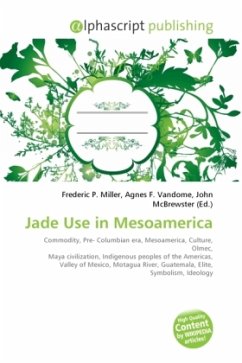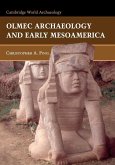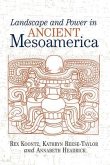Jade use in Mesoamerica was largely influenced by the conceptualization of the material as a rare and valued commodity among pre-Columbian Mesoamerican cultures, such as the Olmec, the Maya, and the various groups in the Valley of Mexico. The only source from which the indigenous cultures could obtain jade was located in the Motagua River valley in Guatemala. Jade was largely an elite good that was highly symbolic and used in the performance of ideological rituals. It was often worked or carved in a variety of ways, either as ornamental stones, a medium upon which hieroglyphs were inscribed, or shaped into figurines, symbolic weapons, and other objects. The general term jade refers to two separate rock types. The first is called nephrite, a calcium and magnesium rich amphibole mineral. Nephrite does not exist in Mesoamerica. The second is jadeitite, a pyroxene rich in sodium and aluminum. Variation in color is largely due to variation in trace element composition. In other words,the types of trace elements and their quantities affect the overall color of the material.
Bitte wählen Sie Ihr Anliegen aus.
Rechnungen
Retourenschein anfordern
Bestellstatus
Storno








